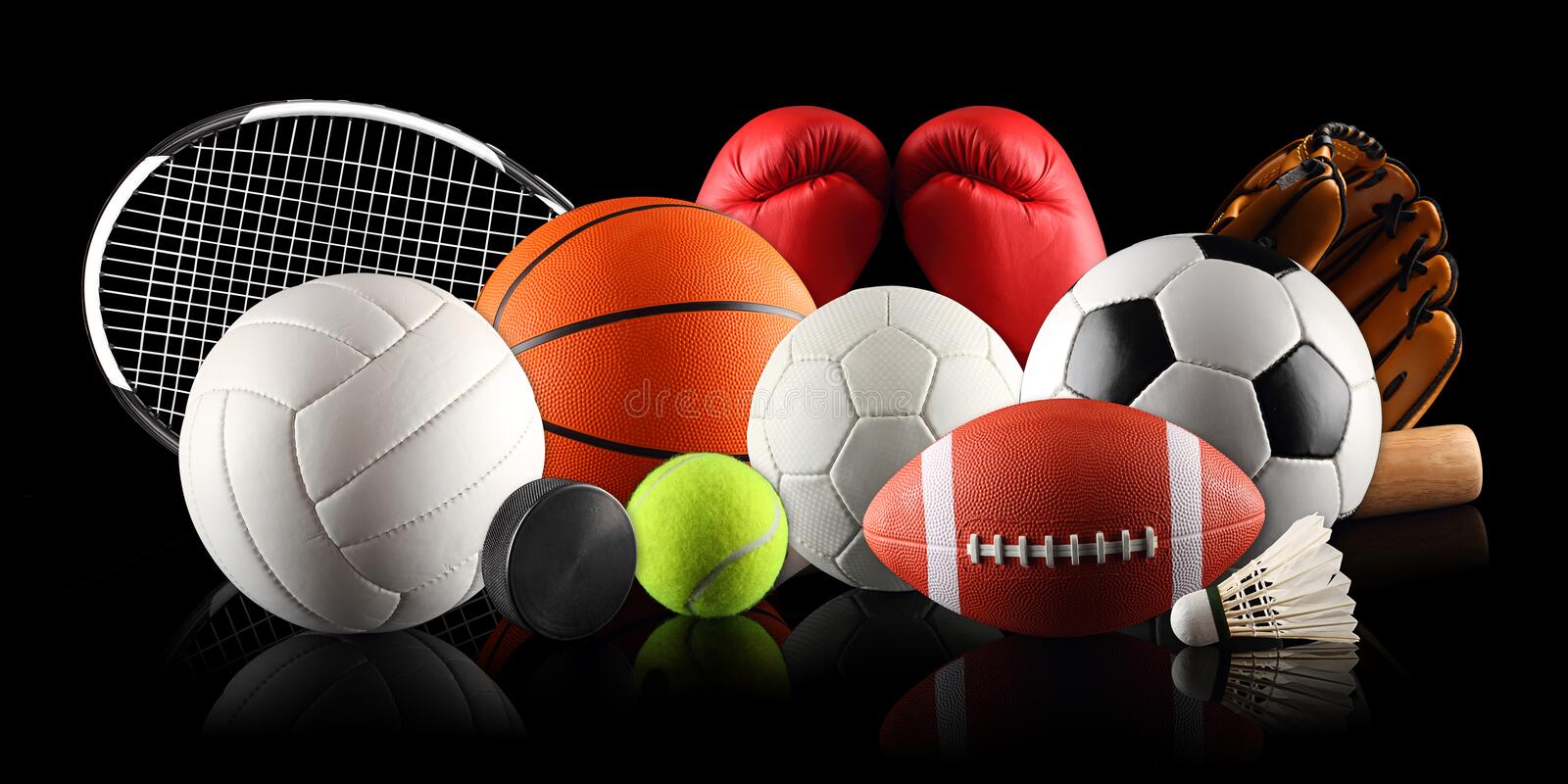
Sports play a vital role in the physical and mental development of children. Engaging in sports activities not only promotes a healthy lifestyle but also helps children develop important life skills such as teamwork, discipline, and perseverance. When it comes to playing sports, selecting the right equipment is crucial, and one of the key components is the sports ball. In this article, we will delve into the world of sports balls for kids, exploring various types, sizes, and materials. By understanding the factors that influence the selection process, parents, guardians, and coaches can make informed decisions and provide children with the optimal sports ball for their chosen activity.
I. Soccer Balls
A. Size and weight considerations B. Material options and durability C. Choosing the appropriate inflation level D. Design and color preferences
II. Basketball (350 words)
A. Selecting the correct ball size B. Indoor vs. outdoor basketballs C. Material considerations for durability and grip D. Regulation standards for competitive play
III. Football (350 words)
A. Understanding different football sizes B. Material options for different playing surfaces C. Factors influencing grip and handling D. Inflation guidelines for optimal performance
IV. Baseball and Softball (350 words)
A. Differentiating between baseball and softball B. Size and weight variations for different age groups C. Material considerations for safety and performance D. Understanding the role of seam construction
V. Tennis Balls
Examining different types of tennis balls B. Factors influencing ball speed and bounce C. Ball compression and its impact on play D. Durability and surface compatibility
VI. Volleyball
Choosing the right volleyball size B. Material considerations for indoor and outdoor play C. Grip and texture preferences D. Inflation guidelines for optimal play
VII. Rugby Balls
Understanding rugby ball sizes B. Material considerations for grip and durability C. Inflation and pressure guidelines D. Shape and design variations
Conclusion
Selecting the appropriate sports ball for children is essential for their enjoyment, safety, and skill development. By considering factors such as size, weight, material, and inflation guidelines, parents, guardians, and coaches can ensure that kids have the best possible experience in their chosen sport. It is crucial to take into account the specific requirements and regulations of each sport, as well as the age and skill level of the child. By investing time and effort in selecting the right sports ball, we can create an environment that fosters children’s passion for sports while promoting their growth and development.












